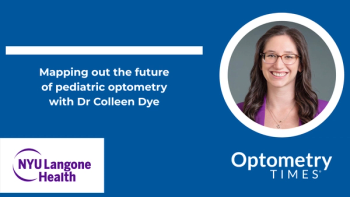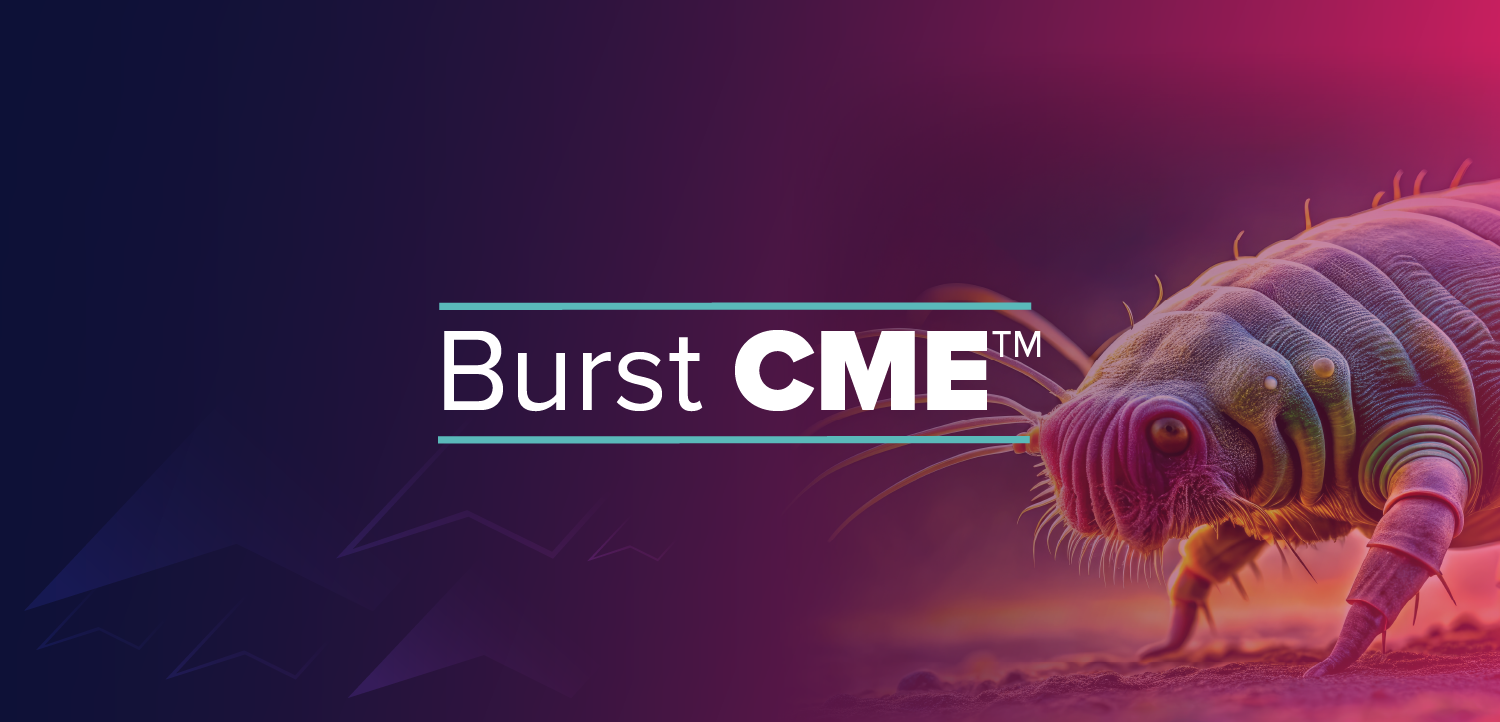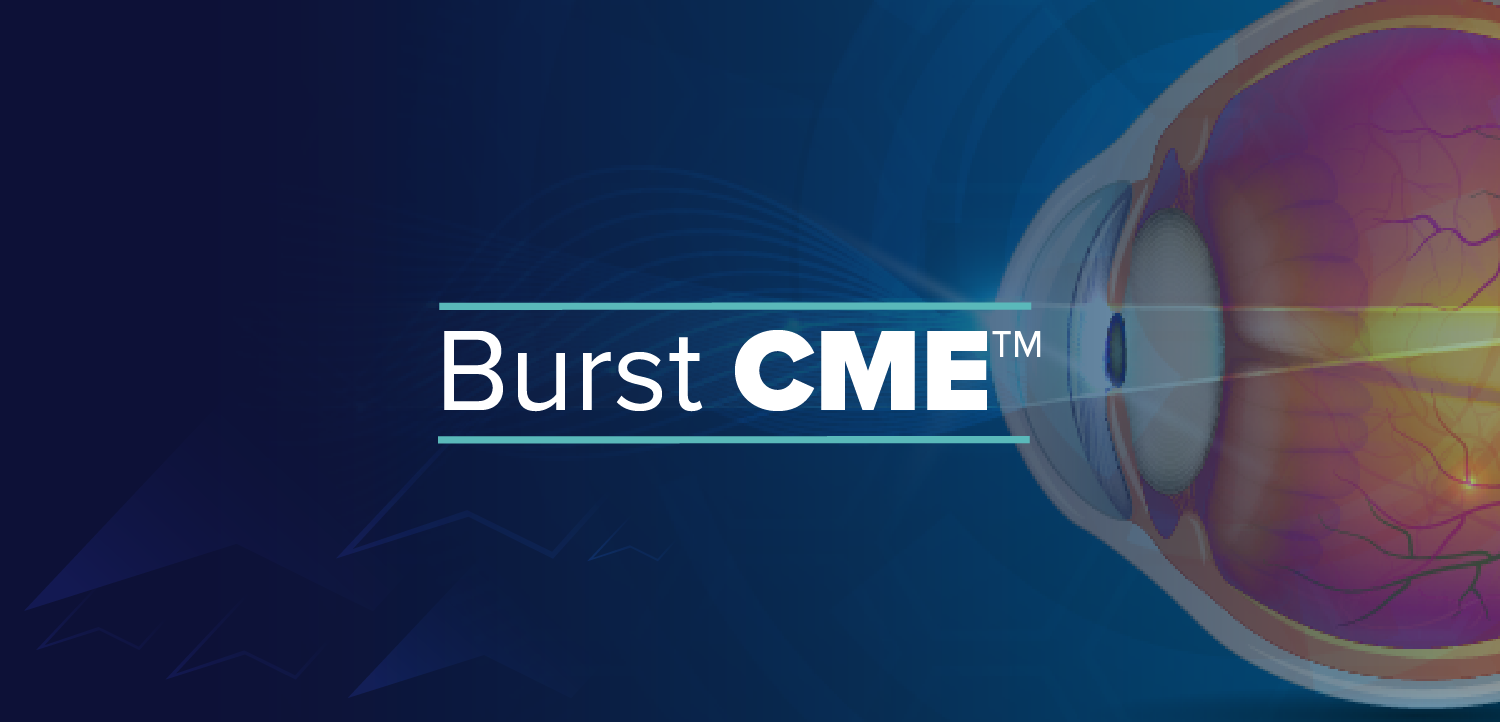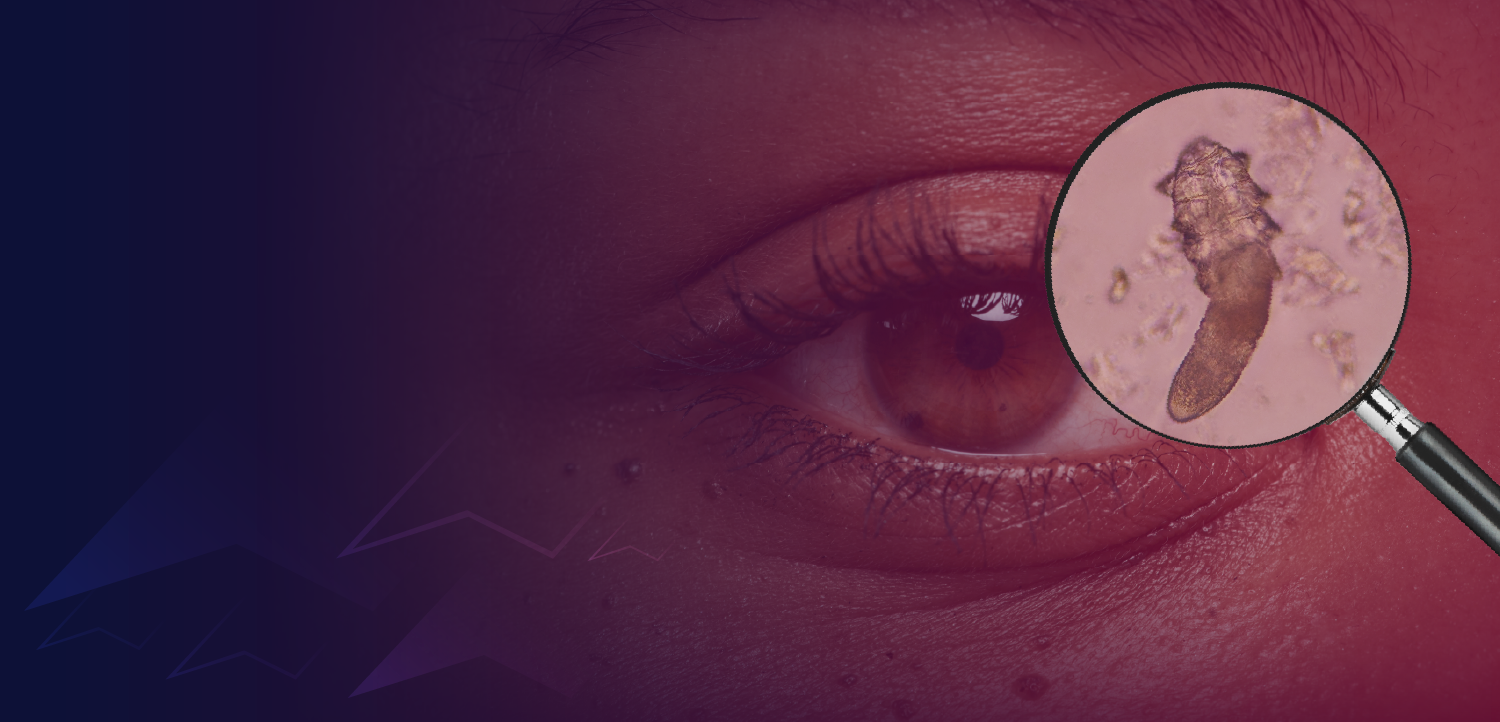
VEW 2023: Phase 3 BRIO-I data for brimochol PF for presbyopia
Ben Bergo, CEO of Visus, shares data from the company's pivotal phase 3 BRIO-1 trial, as well as answers questions about Brimochol PF.
Ben Bergo, CEO of Visus, sat down with Optometry Times®' assistant managing editor Emily Kaiser Maharjan to discuss Brimochol PF and the pivotal phase 3 BRIO-1 trial.
Editor's note: Transcript edited for clarity.
Emily Kaiser Maharjan:
Hi everyone. I'm Emily Kaiser Maharjan with Optometry Times, and I'm sitting down with Ben Bergo, who is the CEO of Visus. He's here to talk about Brimochol PF (carbachol/brimonidine tartrate; Visus Therapeutics) and the pivotal phase three BRIO-1 trial. Welcome, thanks for being here.
Ben Bergo:
Thank you. It's great to be here with you today to answer a few questions about the company and about Brimochol PF.
Kaiser Maharjan:
Absolutely. So first, can you tell us a little bit about the data from BRIO-1 and what it means for the future of Brimochol PF?
Bergo:
Sure. So just as a reminder for everybody and for those who may not have heard about the drug or what we're developing in the company, and just a little on the company itself...
Visus is a clinical stage company with a lead program in
Our elite candidate for presbyopia is Brimochol PF, which is a preservative free formulation of 2 well known ophthalmic APIs, carbachol and brimonidine [tartrate]. And we formulated those 2 together to provide a very durable effect—a durable improvement—in near vision.
We have conducted one [study] and have a second pivotal study we are still enrolling now. BRIO-1 was the first of those studies. That study enrolled 182 subjects across 15 sites across the US and ran for approximately 12 months. And the real goal of that study was to demonstrate that Brimochol, which is the combination, could demonstrate superiority against both carbachol and brimonidine. So the goal there was to demonstrate contribution of elements. Some other companies have attempted to do that with a combination drug therapy for this category—for a presbyopia correcting eyedrop—and [have] been unsuccessful. So we set out to do that.
And we did demonstrate that, and we hit the prespecified primary endpoint for the US, and also the prespecified primary endpoint for the UK and Europe. So we've ticked the box on having an approval pathway now for a combination drug.
Some important points about the data... We did demonstrate in that study, that approximately 50% of subjects graduated from either severe presbyopia or moderate presbyopia to being mild in their presbyopia to achieving 20/40 or better at near. And so approximately maybe 50% of subjects in the study could be reading glasses-free through their day, whilst on [the] drug. We also improved distance vision a little. Subjects gained approximately 1 to 2 letters across all time points. And otherwise the drug was very well tolerated.
Kaiser Maharjan:
Fantastic. So you kind of alluded to BRIO-2 a little bit, but can you tell me a little bit about the study design and how it differs from BRIO-1?
Bergo:
[The] FDA does require you to demonstrate 2 comparisons across 2 studies. From BRIO-1, what we did was, again, we compared Brimochol PF, to carbachol, and also compared it to brimonidine, to demonstrate that the combination was superior. So again, we had to do that to demonstrate contribution of elements.
We have a second efficacy comparison at the very front of BRIO-2, [and] subjects are evaluated against vehicle. We have 500 subjects randomized 1-to-1 across a Brimochol and vehicle. So approximately 250, again, will receive the study drug, Brimochol PF, versus vehicle. That's at the very, very front of the study. And then subjects have take home kits, so there'll be dosing at home out to 12 months. So it's a 6 month plus 6 month safety study. And we look forward to getting through to full enrollment, which is approximately 500 subjects, later this year, and then be filing the second half of 2024, and through to approval in 2025.
Kaiser Maharjan:
That sounds fantastic. You kind of already rolled up what's next in clinical development. But do you have anything else that you want to share about Brimochol PF?
Bergo:
So again, it was designed to be a once daily administration. And again, BRIO-1 demonstrated that—the subjects can expect to move through their workday with a good improvement in near vision. So that was what we did demonstrate in BRIO-1.
Brimochol PF is a preservative free formulation. So that will, again, appeal to a large number of presbyopes around the country. And it's a once daily administration. So we'll take you through your work day and ,again, a good amount of people can expect to be reading glasses free with the drug.
It also has brimonidine in the formulation and, as we know, Bausch + Lomb market a drug—Lumify—which has brimonidine as its key active, and that whitens the eye and reduces ocular redness. And we have that added benefit with this formulation, also.
So once daily administration, while acting, well tolerated, preservative free, and again with eye whitening benefits of brimonidine. So, on track at the moment and looking forward to having this available for patients in 2025.
Kaiser Maharjan:
Fantastic. Well, thank you so much for taking the time to chat today and I can't wait to hear more about Brimochol.
Bergo:
Thank you very much and it was a pleasure.
Newsletter
Want more insights like this? Subscribe to Optometry Times and get clinical pearls and practice tips delivered straight to your inbox.



















































.png)


